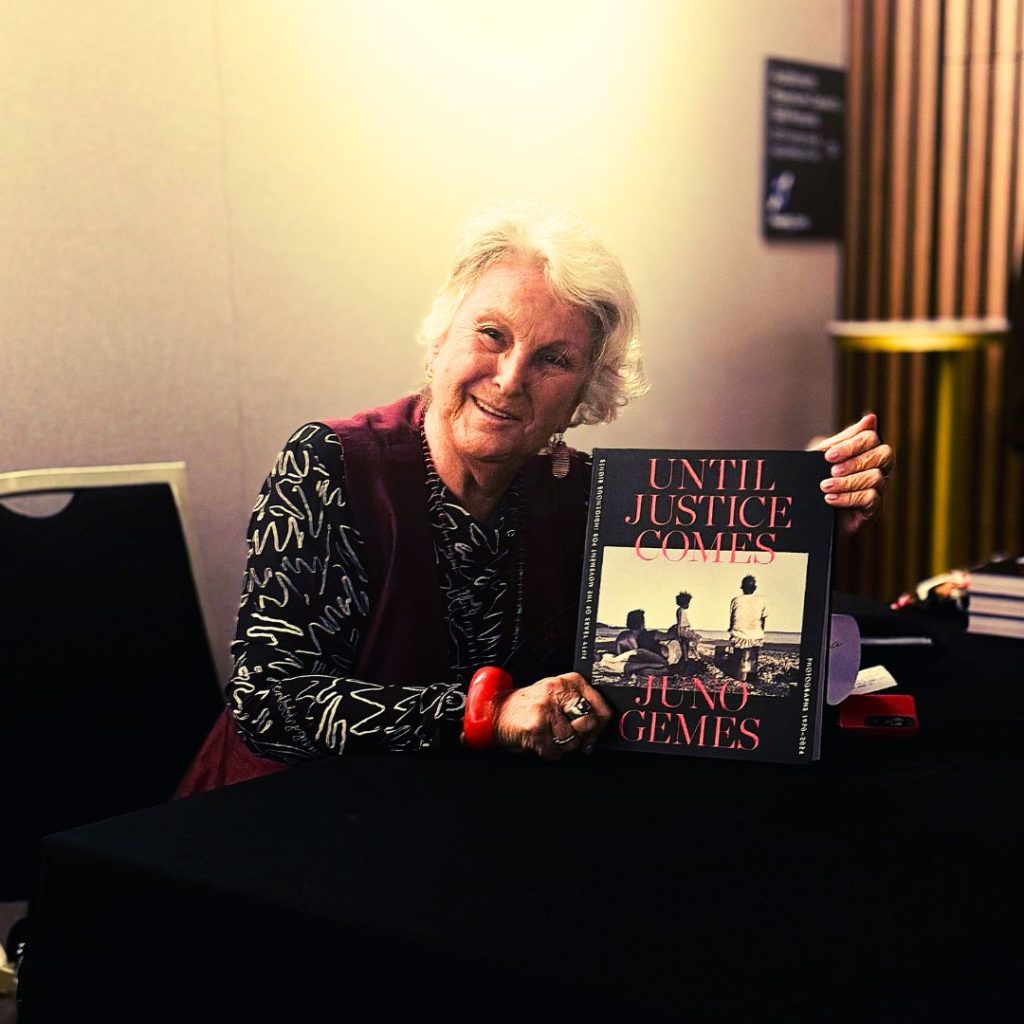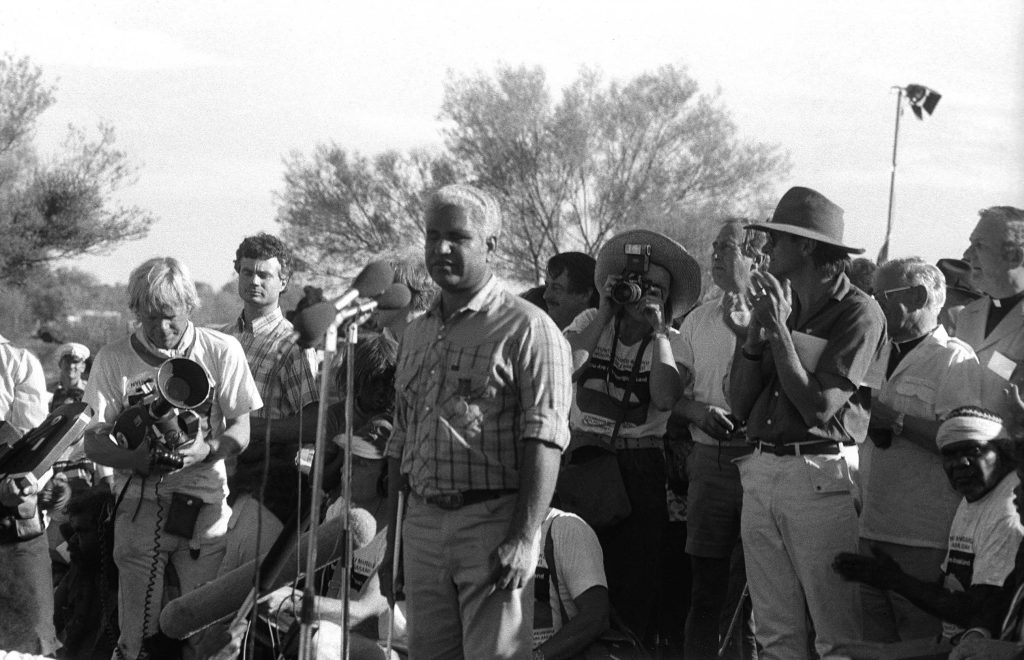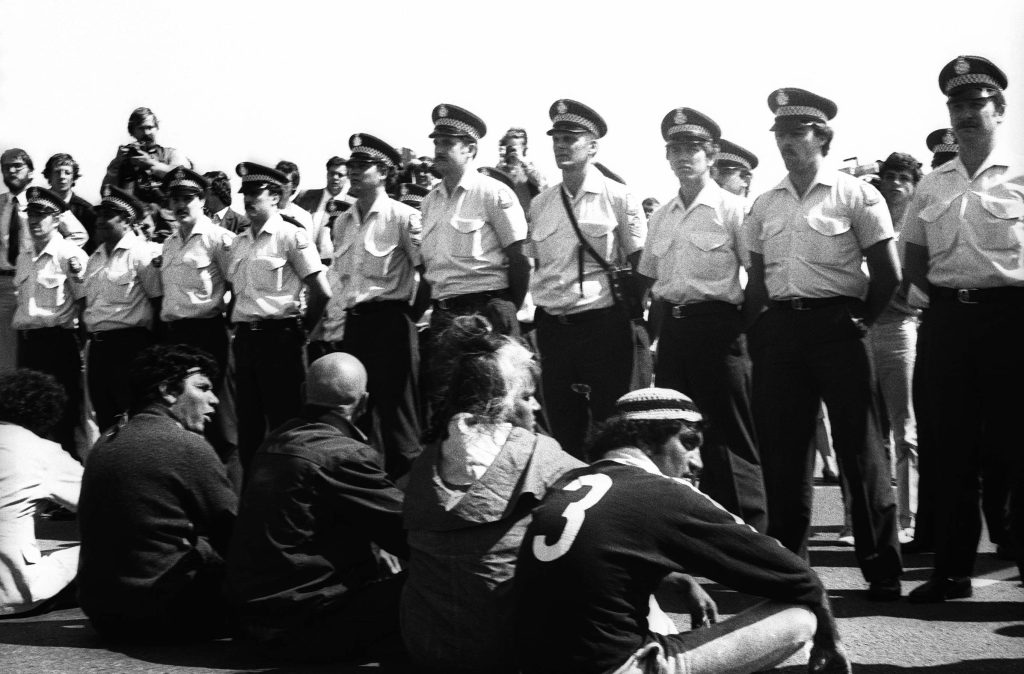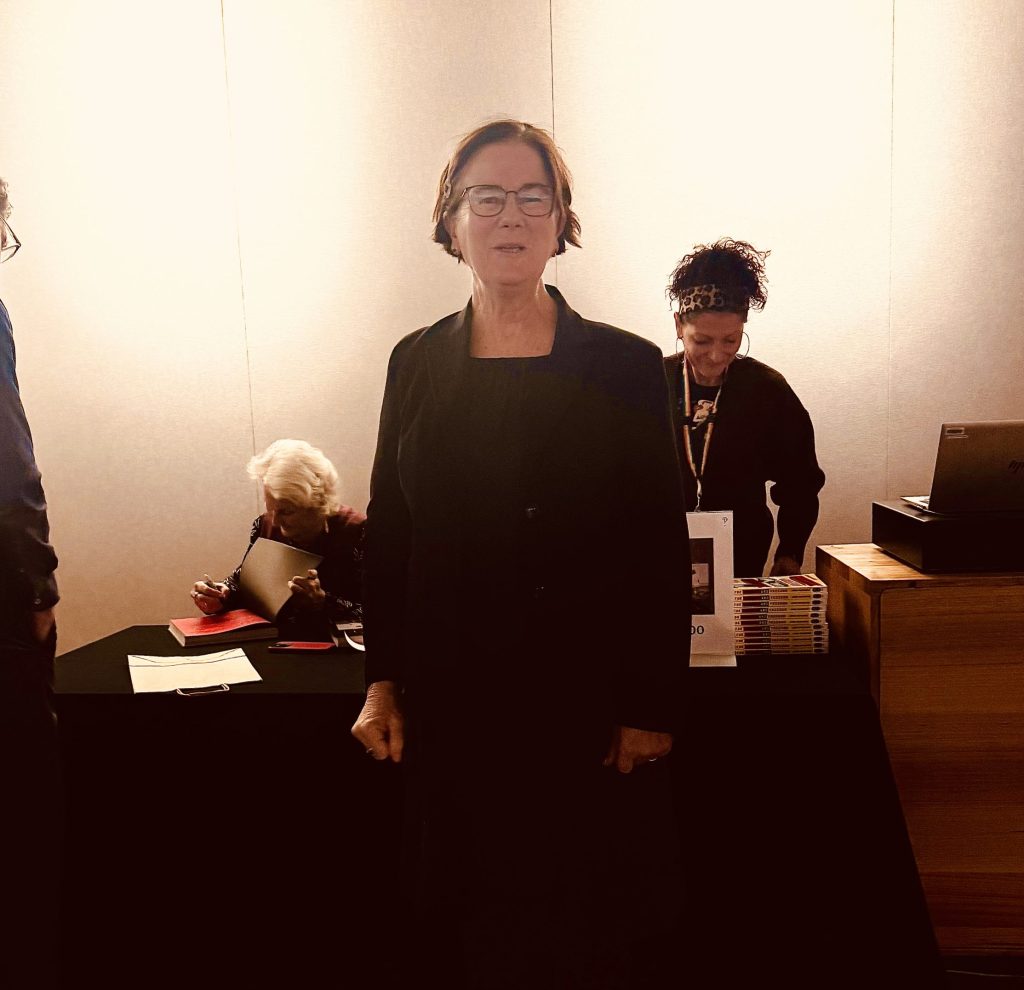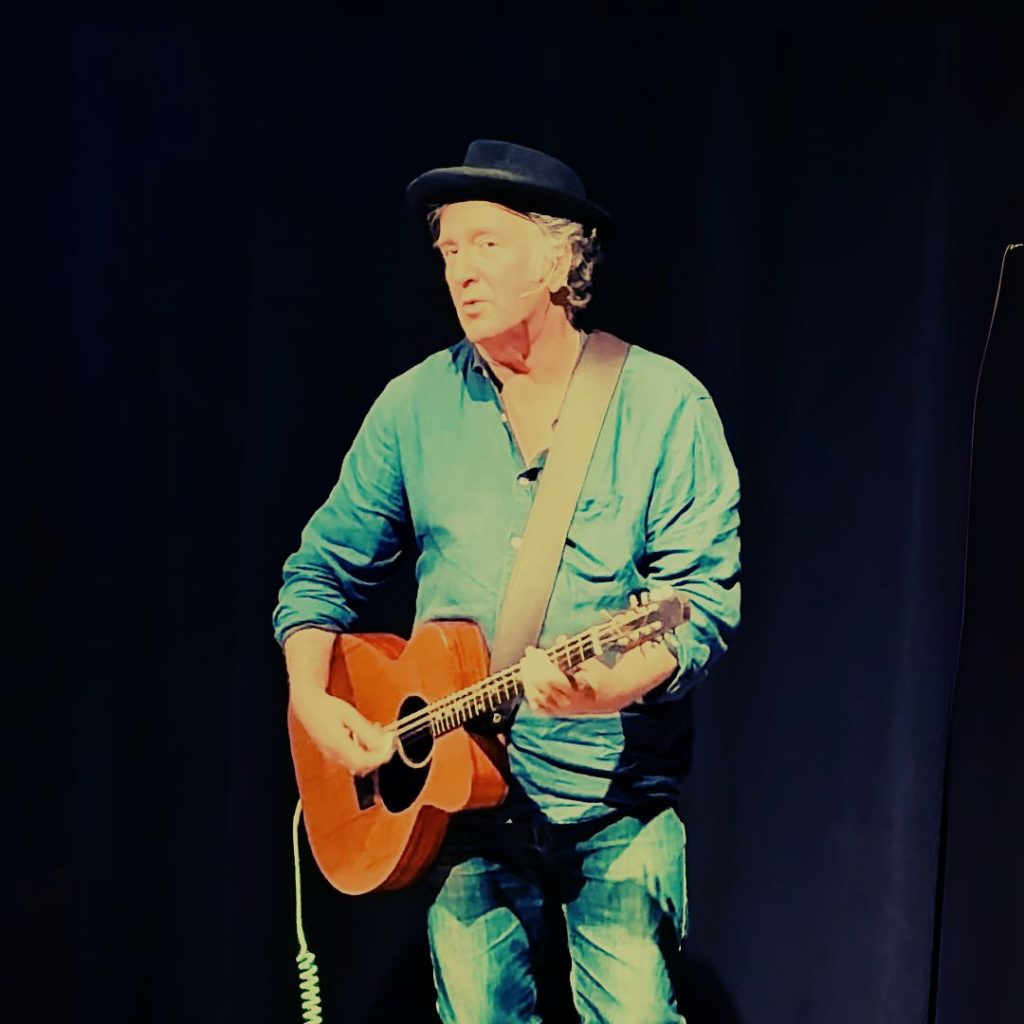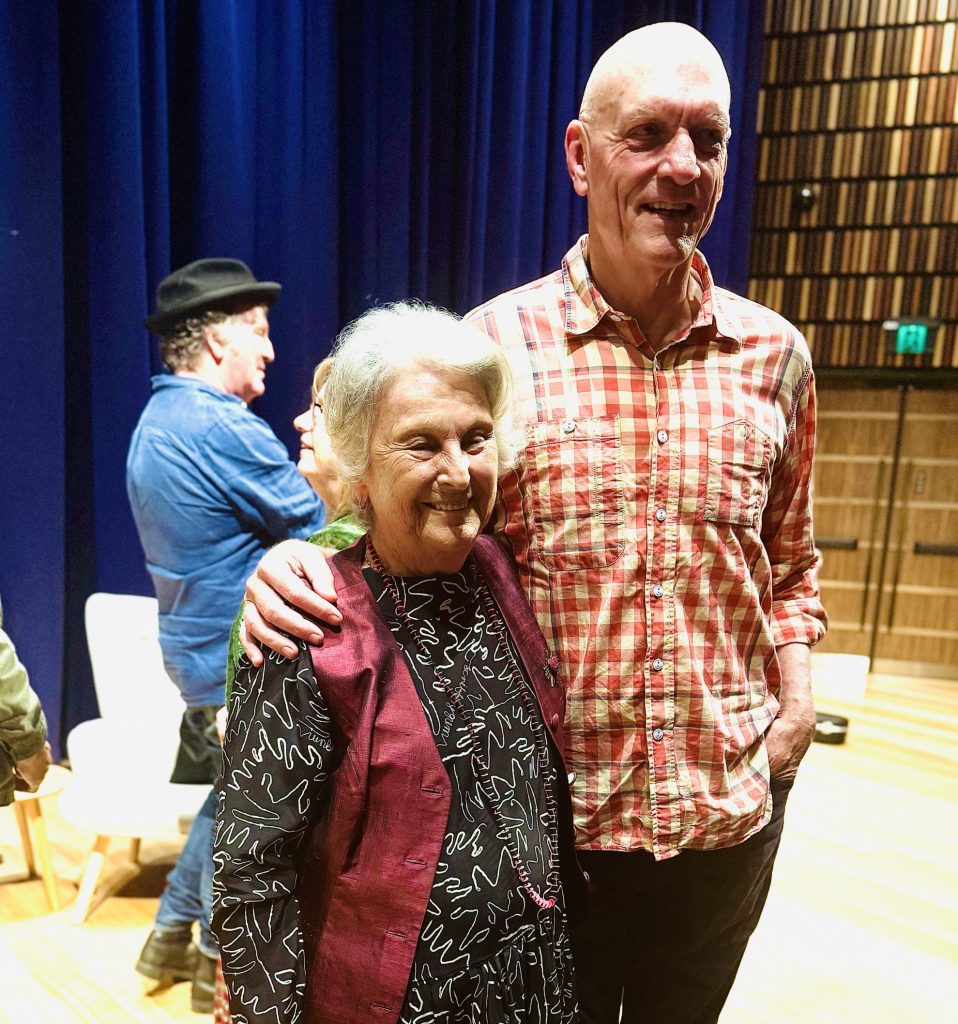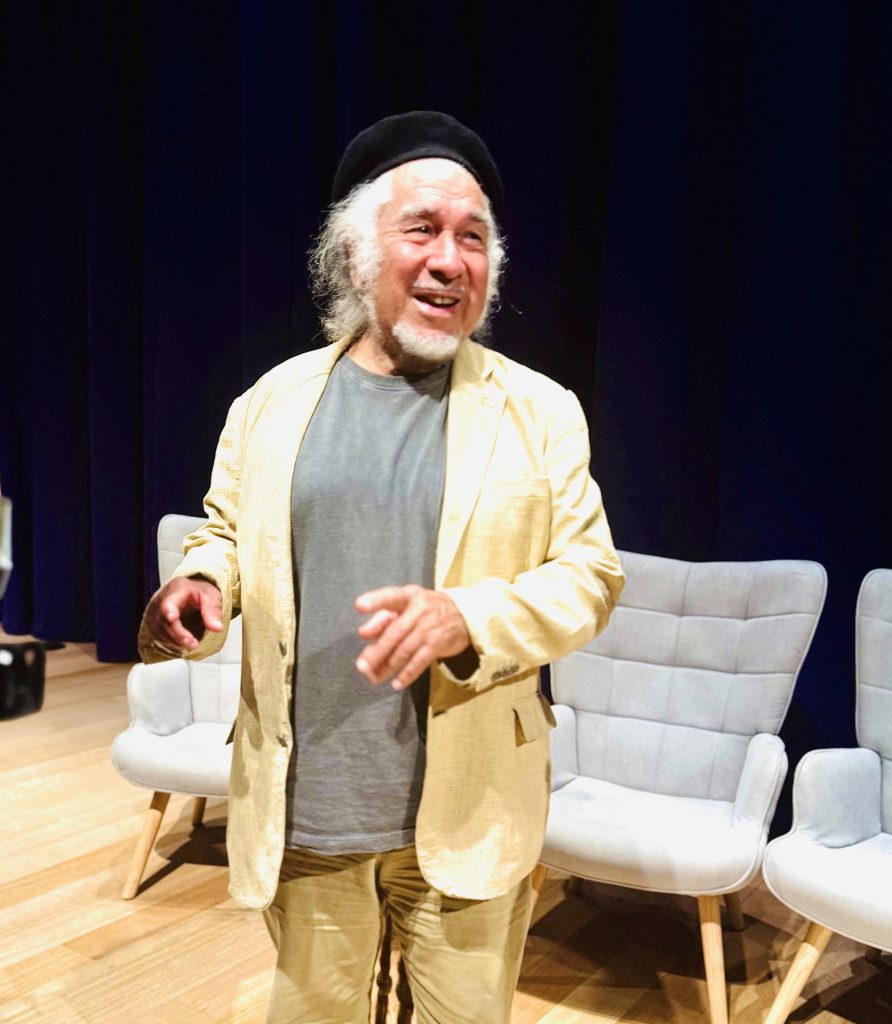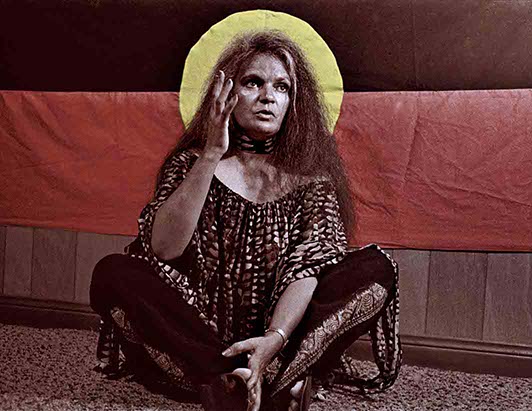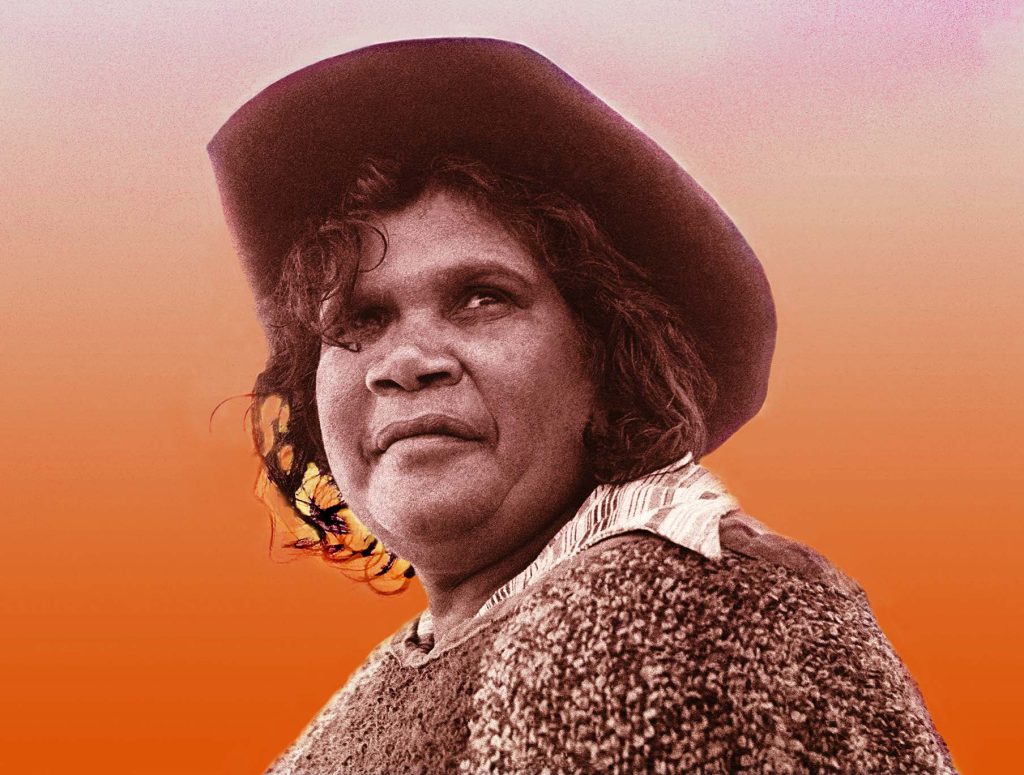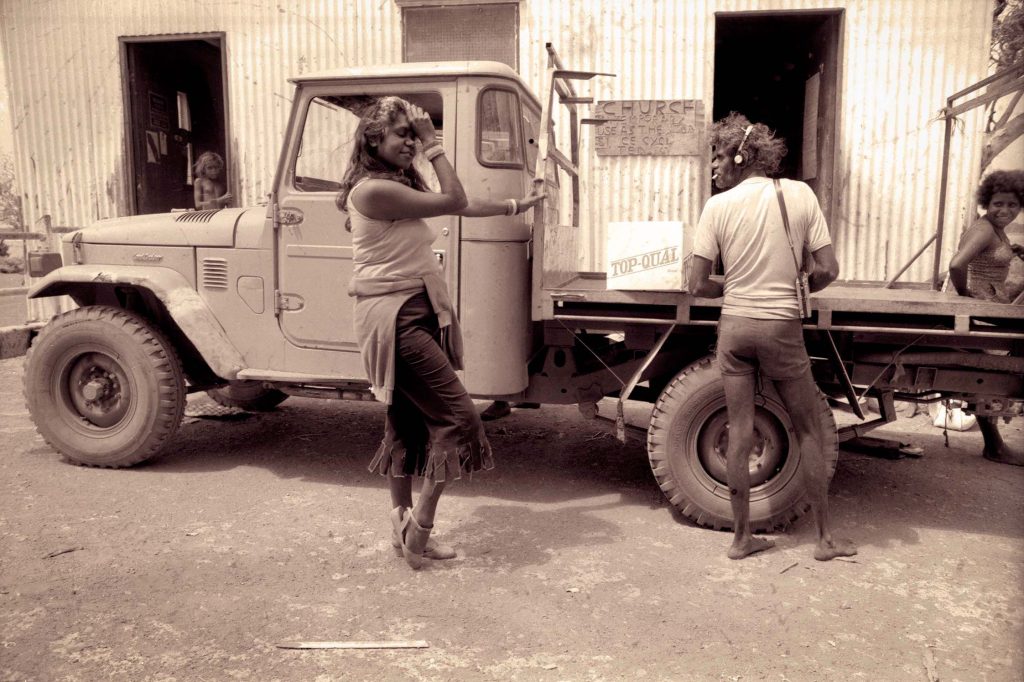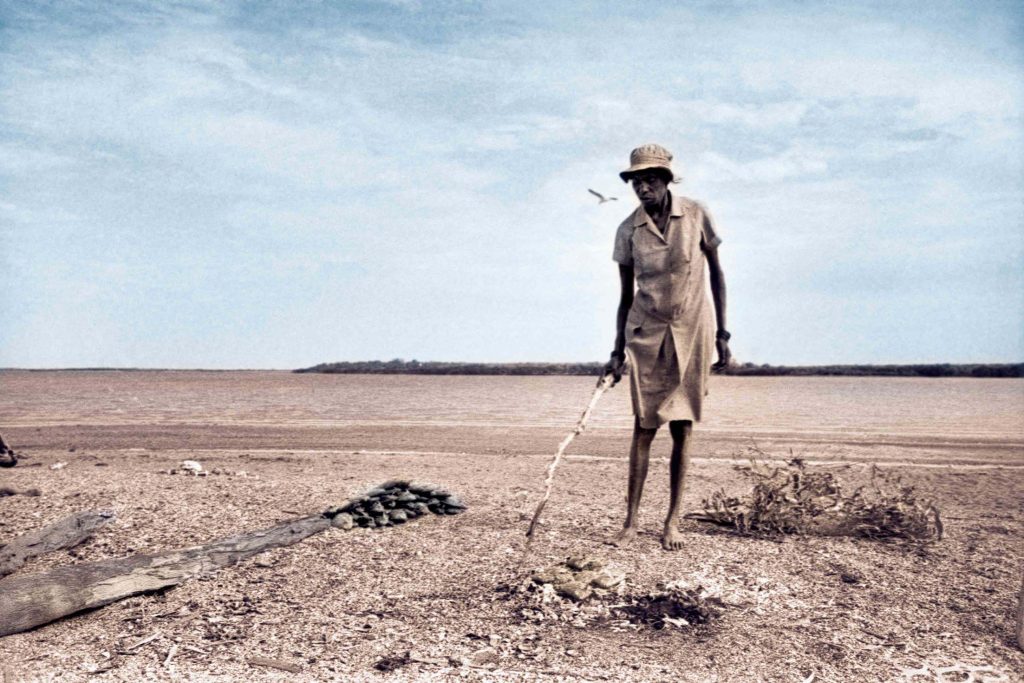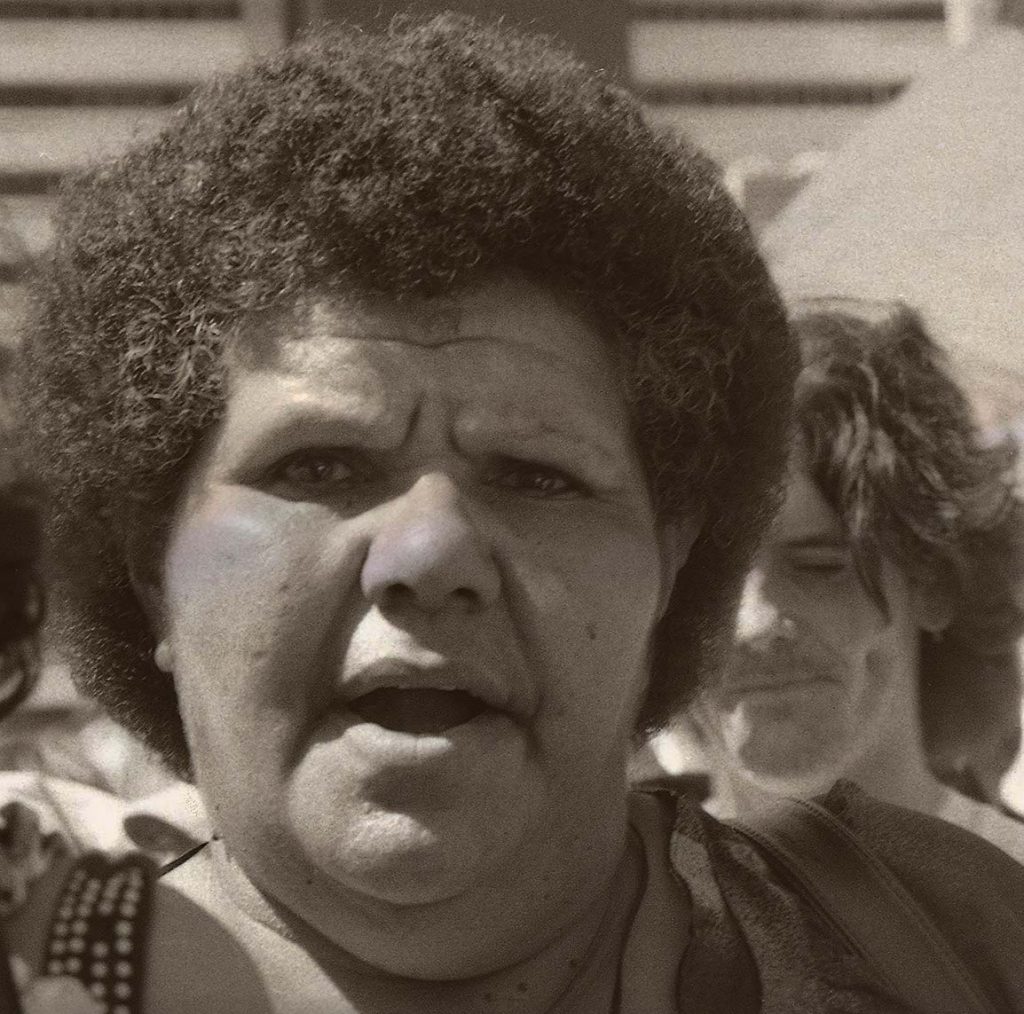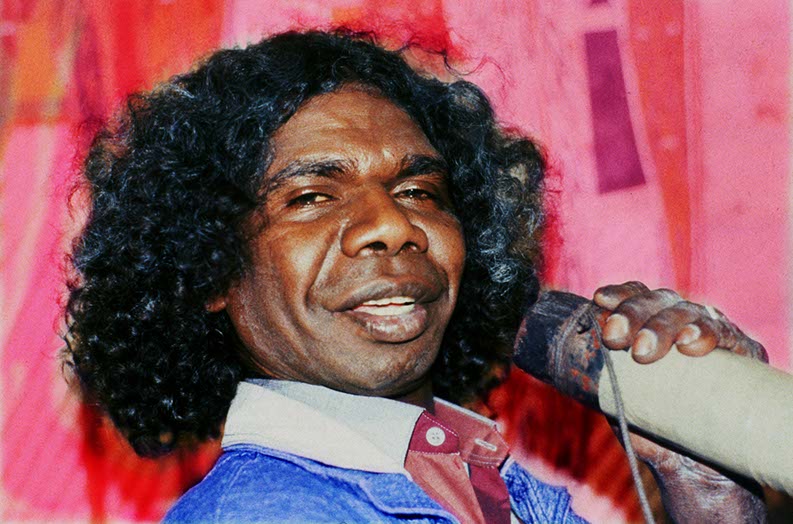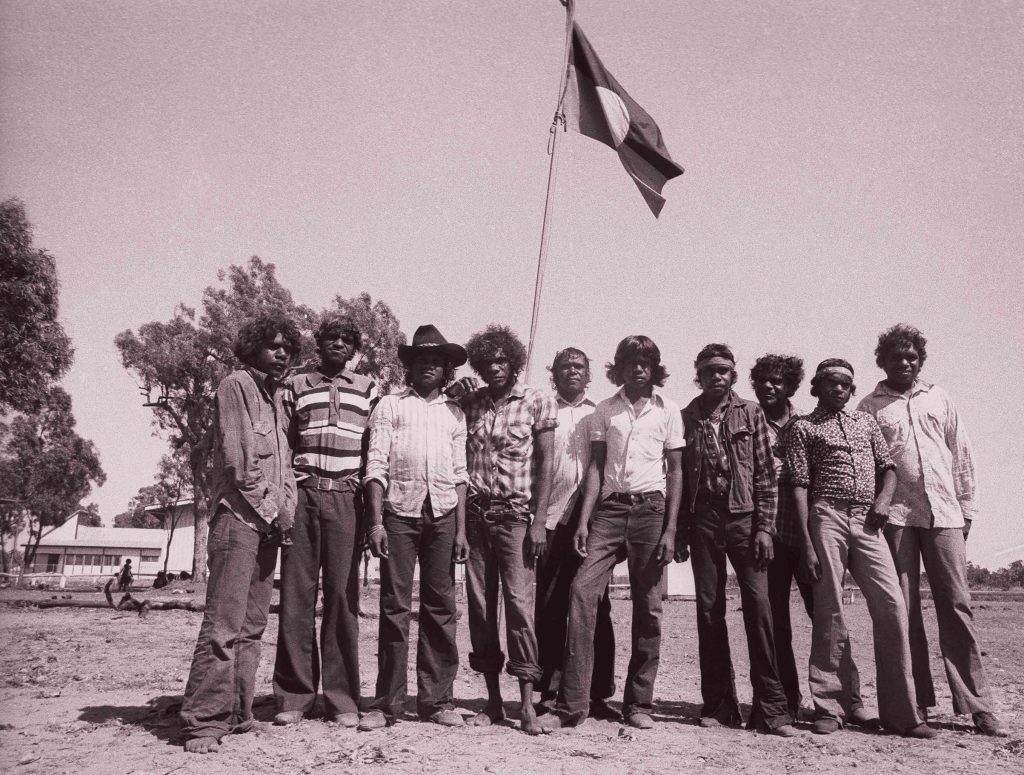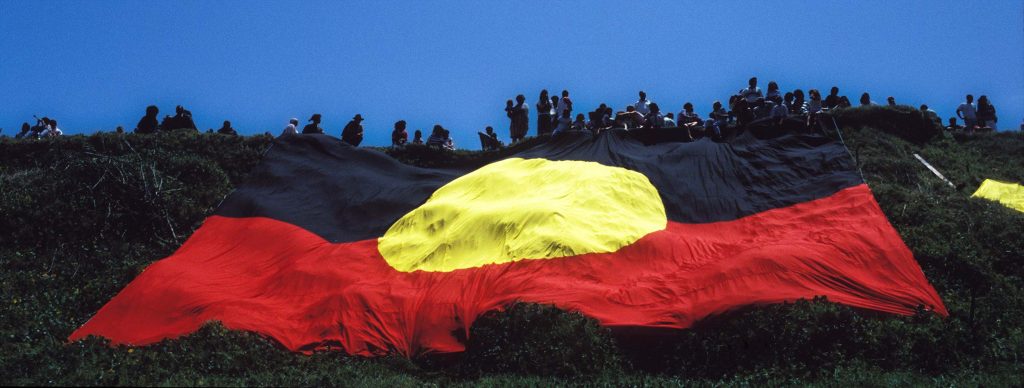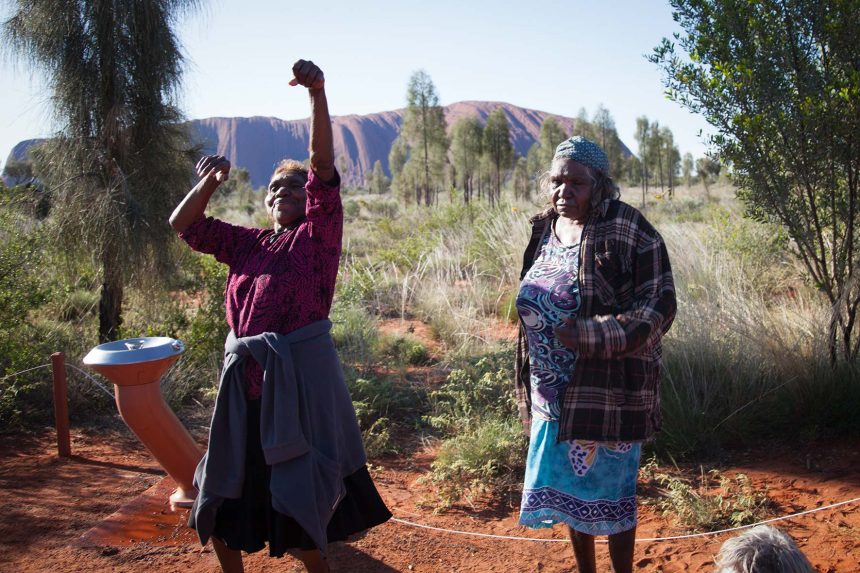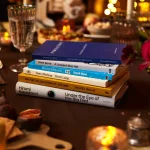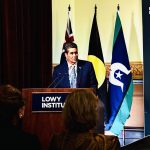Juno Gemes is one of Australia’s most celebrated contemporary photographers. In words and images she has spent much of her long career documenting the lives and struggles of First Nations peoples, achieving significant recognition for her work. In 2003 the National Portrait Gallery exhibited her portraits of Aboriginal and Torres Strait Islander reconciliation activists and personalities in the show Proof: Portraits from the Movement 1978–2003, and acquired many of her photographs. Gemes was one of ten photographers invited to document that National Apology in Canberra in 2008. The Macquarie University Art Gallery held a survey exhibition of her work, The Quiet Activist: Juno Gemes, in 2019.
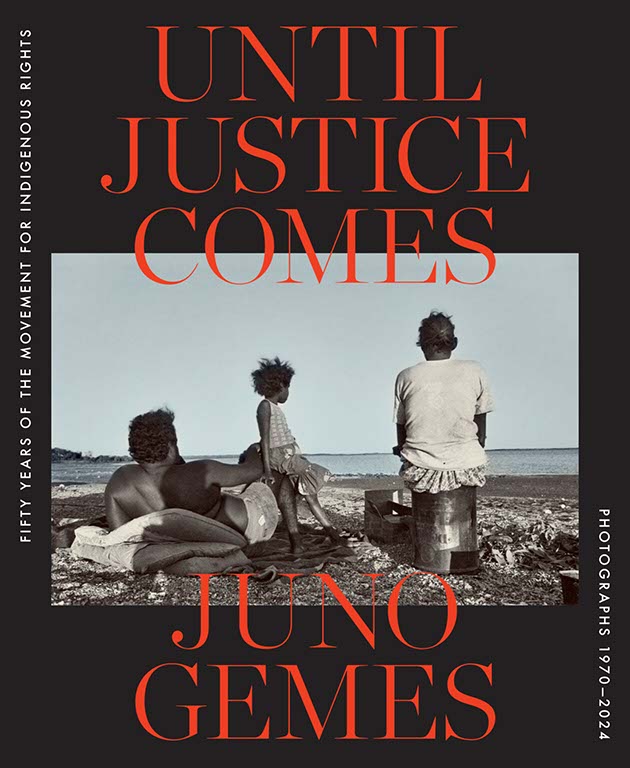
Her new book Until Justice Comes: Fifty Years of The Movement for Indigenous Rights: Photographs 1970 – 2024, is a significant collection of over 220 photographs, making visible the history of the First Nations people’s struggle for justice over the last fifty years in Australia, leading up to the Voice referendum of late 2023.
The photographs include portraits of political and cultural leaders, and intimate community events, as well as activism played out on the streets. Crucial moments in history are documented, including the Redfern Revolution, the land rights campaigns, the National Apology to the Stolen Generations, the election of eleven Indigenous Members to the 47th Federal Parliament, and the preparations for the 2023 Referendum on the Voice to Parliament.
As Rhonda Davies, a contributor to the book and senior curator at The Macquarie University Art Gallery, told Irresistible, “When you have the knowledge and depth of relationships that Juno has, the work is really valuable. There’s an add to people’s knowledge, both seen and emotional and oral. The book is just brilliant.”
Irresistible chatted to Juno about this latest collection and what’s she hopes will inspire the next wave of activists.
